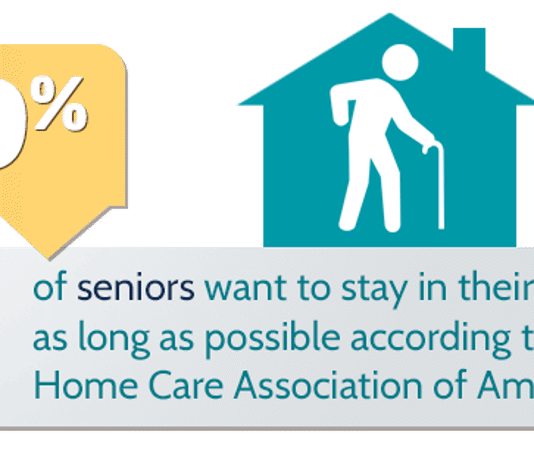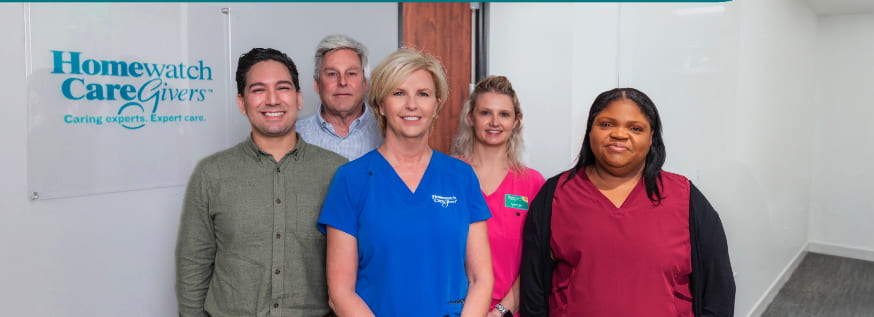Download the Build a Caregiving Business Brochure

Growing Demand for Senior Care
February 1, 2017
A number of factors that have been years in the making have converged recently to lead to a surge in consumer demand for quality in home care services.
When Homewatch CareGivers was founded in 1980, in home care services were virtually unheard of and nursing homes were the norm. Life expectancy in 1980 for both men and women was 73.7 years and in 2010 life expectancy was 78.7 years (for both sexes averaged), but women’s life expectancy in 2010 was 81.1 years. Also, the Baby Boomers have entered their retirement years: in 1980 there were 25.5 million Americans who were age 65 and older; in 2013 there were 44.7 million people age 65 and older (source: US. Census Bureau) and projections for 2020 show 56.4 million in the United States will be age 65 and over. Or, put another way, by 2030, 1 in 5 Americans will be age 65 or older.
Where Does the Demand Come From?
While the statistics clearly show more people living longer, you might be asking how this relates to in home care—after all, just because someone is 65 years young, doesn’t mean they need a professional caregiver.
For one thing, people no longer want to be moved from their familiar homes, neighborhoods and social circles. AARP data shows that 89% of adults who are age 65 and over want to stay in their current home and community, what is also called “aging in place.” As people age or become ill, abilities change—whether temporarily or progressively—and some assistance with daily activities can be needed. That help might come from unpaid family members or friends for some people, but others may need to rely on professionals if family lives too far away or is not around for another reason.
Alzheimer’s disease has become more prevalent, and this progressive disease can require around-the-clock care. In 1980, there were about two million cases of Alzheimer’s disease in the United States and by 2004, those numbers more than doubled to 4.5 million. Today, there are more than 5.4 million people living with Alzheimer’s disease.
A recent Forbes article noted that about 12 million American require “long-term supports and services (LTSS),” and that number is expected to double in the next 10 years. And, 80% of that is delivered in the home.
Depending on age and ability due to illness or other factors, professional caregivers can be there with transportation to and from necessary medical appointments, to be a friendly companion who keeps loneliness at bay, to help with daily grooming, to prepare meals, and much more. Sometimes family caregivers are doing all of these things for a loved one and just need a break so they can keep going. Often backup professional care is their only respite from family caregiving.
Stepping In to Meet the Demand
To be sure, competition has increased for home care agencies since 1980 as entrepreneurs invest to meet the demand for senior care services, it’s important to remember that in some ways nothing has changed. People of all abilities and ages need a human connection in order to live a meaningful life filled with joy and purpose. New technology cannot compete with a true personal connection that comes when a professionally trained caregiver arrives with a smile, a listening ear and caring heart to the home of someone who is feeling lonely and helpless.
Quality in home care meets the demand created by an increase of people living longer, sometimes with chronic conditions, and has the potential to improve lives too.
If you’re wondering how you can get started exploring senior care as a potential business, please visit our franchise website.
Recent News

How to Start an In-Home Care Business: A Step-by-Step Guide
October 7, 2025

What to Expect as a Home Care Franchise Owner
May 6, 2025

5 Things to Know Before Starting a Home Care Franchise in 2025
April 1, 2025

Why Corporate Professionals Are Investing in Senior Care Franchises
April 1, 2025

Todd Houghton Named to 2025 Titan 100 – Celebrating Leadership in Home Care
March 21, 2025

Advantages of Owning a Franchise
March 5, 2025

















